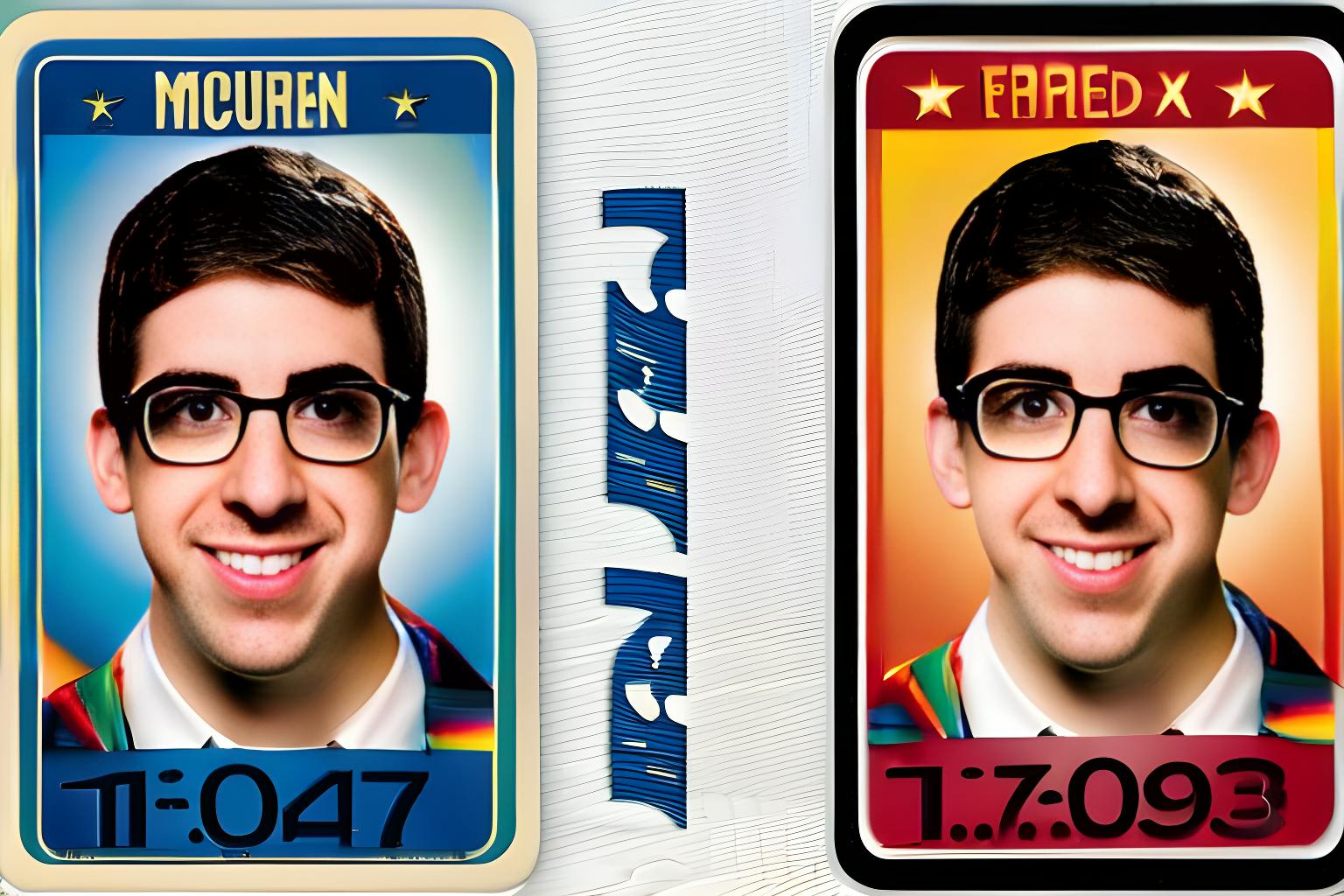DOE vs. Github (amended complaint) Court Filing (Redacted), June 8, 2023, is part of HackerNoon’s Legal PDF Series. You can jump to any part in this filing here. This is part 24 of 38.
VII. FACTUAL ALLEGATIONS
H. Open-Source Licenses Began to Appear in the Early 1990s
137. In 1991, software engineer Linus Torvalds began a project to create a UNIX-like operating system that would run on common PC hardware. This project became known as Linux.
138. To encourage adoption of his system, and persuade other programmers to contribute, he released Linux under what was then an unusual software license called the GNU General Public License, or GPL.
139. The GPL is a software license. But whereas most software licenses required payment, software under the GPL is provided for free. Whereas most software licenses did not include source code, GPL software always included source code. And whereas most software licenses prohibited derivative works, the GPL not only allowed it, but encouraged it.
140. In certain ways, however, the GPL still operated like a traditional software license. For example, consistent with copyright law, it depended on an assertion of copyright by the software author. Even though GPL software was available at no charge, the GPL contained conditions on its users as licensees.
141. One license requirement was that a program derived from GPL software had to redistribute certain information about that software:
You may copy and distribute verbatim copies of the Program’s source code as you receive it, in any medium, provided that you conspicuously and appropriately publish on each copy an appropriate copyright notice and disclaimer of warranty; keep intact all the notices that refer to this General Public License and to the absence of any warranty; and give any other recipients of the Program a copy of this General Public License along with the Program.[23]
Failure to adhere to these conditions constituted a violation of the license, triggering the possibility of legal action. Provisions of the GPL are enforceable, and many GPL licensors have sought to enforce GPL licenses though court proceedings and other litigation.
142. The early years of Linux paralleled the early years of the World Wide Web. The fact that Linux was free and ran on common computer hardware made it a popular choice for web servers. Because of its contrarian GPL licensing, Linux became hugely popular. A large ecosystem of other programs and tools grew around it. This contributed to the explosive growth of the web and other network services across the rest of the 1990s.
143. In turn, the growth of the World Wide Web made it easier for developers in different places to collaborate on software. The GPL, and licenses like it, were a natural fit for this kind of collaborative work.
144. Around 1998, a new name was coined as an umbrella term for these principles of software licensing and development: open source.
Continue Reading Here.
About HackerNoon Legal PDF Series: We bring you the most important technical and insightful public domain court case filings.
This court case 4:22-cv-06823-JST retrieved on August 26, 2023, from Storage Courtlistener is part of the public domain. The court-created documents are works of the federal government, and under copyright law, are automatically placed in the public domain and may be shared without legal restriction.

